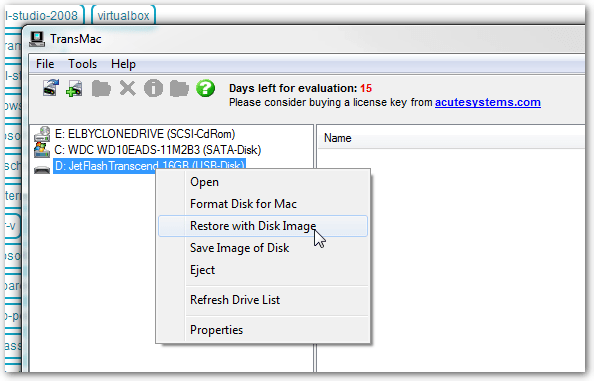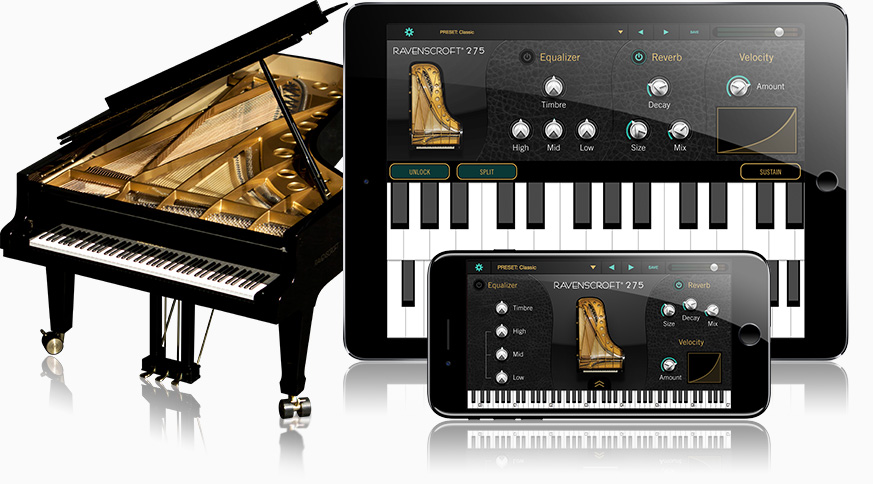Here is a guide on how to create a bootable external Mac hard drive to run macOS from an external hard drive.
- Create Bootable Usb Using Disk Utility Mac
- Create Bootable Usb Mac Disk Utility
- Create Bootable Disk Image Mac Disk Utility
Create Bootable Usb Using Disk Utility Mac
/DiskUtilitycontinueannotted-466f545a0f694970be81b88d10e2ac92.jpg)
By default, Mac starts from its built-in hard disk, but a startup disk can be any storage device that contains bootable contents that compatible with your Mac. For example, if you install macOS or Microsoft Windows on a USB drive, your Mac can recognize that drive as a startup disk. In Disk Utility you will want to make sure it is set to Mac OS Extended (Journaled). Upon starting the Install feature of Recovery, you will be presented with the option of choosing which Disk the installer is going to do its work on. You should see your current Macintosh HD and also your external hard drive. For example, if you want to create a bootable macOS Mojave installer, you will need the DMG file for macOS Mojave. Once the file has been downloaded to your PC, you can proceed with one of the bootable disk creation methods shown below. Method 1: Create a Bootable Installer for Mac via Commands; Method 2: Make a macOS Bootable USB by WizDMG.
There are quite a few reasons for why you may want to be able to have an additional startup drive for your Mac. One of the main reasons is backup of your current system. Another is creating a drive for testing your Mac’s hardware. No matter the reason, having an additional bootable option on an external hard drive is definitely a good tool for any Mac user to have.
How to Make a Bootable External Mac Hard Drive
Here are the steps to create a bootable external volume to start up to on your Mac. Get growing.
How to Create a Second Boot Volume

What makes srs dmg higher education. Create a blank disk image for storage. In the Disk Utility app on your Mac, choose File New Image Blank Image. Enter a filename for the disk image, add tags if necessary, then choose where to save it. In the Name field, enter the name for the disk image. In the Size field, enter a size for the.
In order to create another boot volume for your Mac, you will need a form of external storage such as a hard drive. The faster the drive the better and a connection speed like Thunderbolt is preferred. You are going to be utilizing this hard drive, Disk Utility and MaOS installer from the App Store.
If you are running the newest version of Sierra, you will be able to use the Recovery Boot option to launch your installation of MacOS to install it on your external drive. In order to boot to Recovery, restart holding Command and R. You will then choose Reinstall a new copy of MacOS to begin the next step.
If your secondary hard drive was just purchased, you may need to open Disk Utility prior to starting your installation. You will want to ensure that your hard drive is in the proper partition scheme and is available to install to. Many drives purchased from third party retailers may come unformatted or formatted to Windows based schemes like NTFS and FAT32. In Disk Utility you will want to make sure it is set to Mac OS Extended (Journaled).
Upon starting the Install feature of Recovery, you will be presented with the option of choosing which Disk the installer is going to do its work on. You should see your current Macintosh HD and also your external hard drive. Choosing this as your install target should begin the installation process and install MacOS Sierra on your external hard drive. When the machine reboots, it will be booting to your external hard drive where you can set up an account and get to your desktop.
How to Use Your Bootable Mac Disk
Now that you have created a second bootable drive, you are able to plug it in and reboot to it at any point in time. When you wish to do this, plug in the drive and reboot your Mac holding the Option key. Much like you did when installing, you will see your Macintosh HD and your now bootable External Drive show up as options. Clicking the External will start your Mac up on this new volume.
If you have completed the setup process and have an account enabled, the Mac will perform almost identically to how it would using the built-in drive. You are able to install applications on this drive and store media and information as backup or just additional copies. Many users will actually utilize a second hard drive option strictly for work related activities and then use the built-in drive for personal use.
This method is a safe way to keep a second bootable machine safely on a hard drive in the event of your internal hard drive crashing. You will also be able to test if it is indeed an issue with your hard drive by attempting to boot to your second drive and see if you can reproduce your issue.
Having a secondary boot volume has always been a personal recommendation as it comes in handy when you need a secondary place to separate data or use as a recovery tool in the event of mishaps.
Create Bootable Usb Mac Disk Utility
Related Posts
Create Bootable Disk Image Mac Disk Utility
Here is a guide on how to detect Mac malware and safely remove it from…
Like on a PC, most of your Mac's software lives in the same place on…
Here is a guide on how to remote access a Mac from another computer to get…

